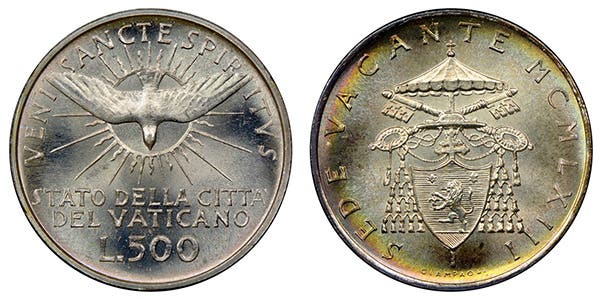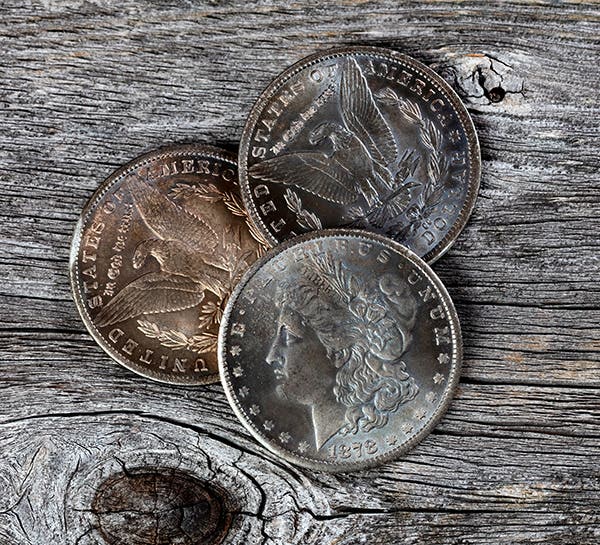The Continuing Influence Of The Roman Denarius
Just because the Roman Empire fell in the late 5th century A.D. doesn’t mean that the influence of its monetary system disappeared. The Roman denarius was inflated out of existence in…
Just because the Roman Empire fell in the late 5th century A.D. doesn’t mean that the influence of its monetary system disappeared.
The Roman denarius was inflated out of existence in the early 3rd century A.D. but has lived on in subsequent monetary units.
In the Middle Ages, several countries across Europe, the Middle East, and northern Africa issued coins called dinars, denars, or deniers. Of course, these denominations were derived from the denarius.
The denarius was effectively a penny. England’s first penny was minted in the 8th century A.D., to replace the then circulating French deniers. It became universally used across England during the reign of King Edgar the Peaceful (959-975). Since the beginning until today, the letter “d” has been used to denote pennies in British money, continuing the common practice in use from the denier, which traces back to the Roman denarius.
Even today, many countries use monetary units derived from the denarius. North Macedonia has the denar. Dinars are a denomination in the nations of Algeria, Bahrain, Iraq, Jordan, Kuwait, Libya, Serbia, and Tunisia.
The Roman denarius isn’t the only early coin that still influence today’s money. Have fun looking up which countries across the centuries up to today have used derivations of the ancient Greek drachma (dram, dirham, tram, and others). The Venetian grosso from around the year 1200 evolved into the Polish groszy.
Several nations also use substantially the same name for their own currencies. For example, look at the Chinese yuan, Japanese yen, North Korean won, and South Korean won. There are many nations around the world that use variations or real, reale, riyal, and the like. There are some researchers that contend that the term peso originally derived to mean the same as the U.S. dollar.
There are multiple European countries that use their national spelling of crown for the monetary unit, such as krone, krona, and koruna. For older monetary systems that were originally tied to weights, several nations around the globe use “pounds.”
If you really want to do some research, check out how many nations use the dollar as their monetary unit. That denomination traces its history back to the thaler, first struck in 1518 as the Joachimsthaler in Joachimstal, Bohemia.
Have fun doing your own research on monetary units.
Patrick A. Heller was honored as a 2019 FUN Numismatic Ambassador. He is also the recipient of the American Numismatic Association 2018 Glenn Smedley Memorial Service Award, 2017 Exemplary Service Award, 2012 Harry Forman National Dealer of the Year Award, and 2008 Presidential Award. Over the years, he has also been honored by the Numismatic Literary Guild (including in 2021 for Best Investment Newsletter), Professional Numismatists Guild, Industry Council for Tangible Assets, and the Michigan State Numismatic Society. He is the communications officer of Liberty Coin Service in Lansing, Michigan and writes Liberty’s Outlook, a monthly newsletter on rare coins and precious. metals subjects. Past newsletter issues can be viewed at http://www.libertycoinservice.com. Some of his radio commentaries titled “Things You ‘Know’ That Just Aren’t So, And Important News You Need To Know” can be heard at 8:45 AM Wednesday and Friday mornings on 1320-AM WILS in Lansing (which streams live and becomes part of the audio archives posted at http://www.1320wils.com).








